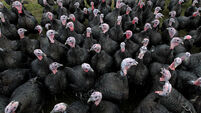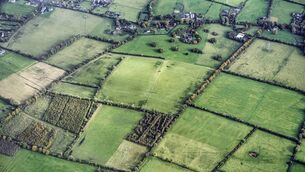Not much here in France for lovers of premium Irish foods

Here on the western coast of France (east of Roscoff), the temperature has climbed to 32 degrees for my holiday week! The days are hot and the evening brings little relief. Further south and east, the temperature has climbed to an unbearable 45 degrees.
We take shelter from mid-morning until mid-afternoon, I for one not being a great lover of the sun or, more particularly, not being a lover of getting sunburned.













